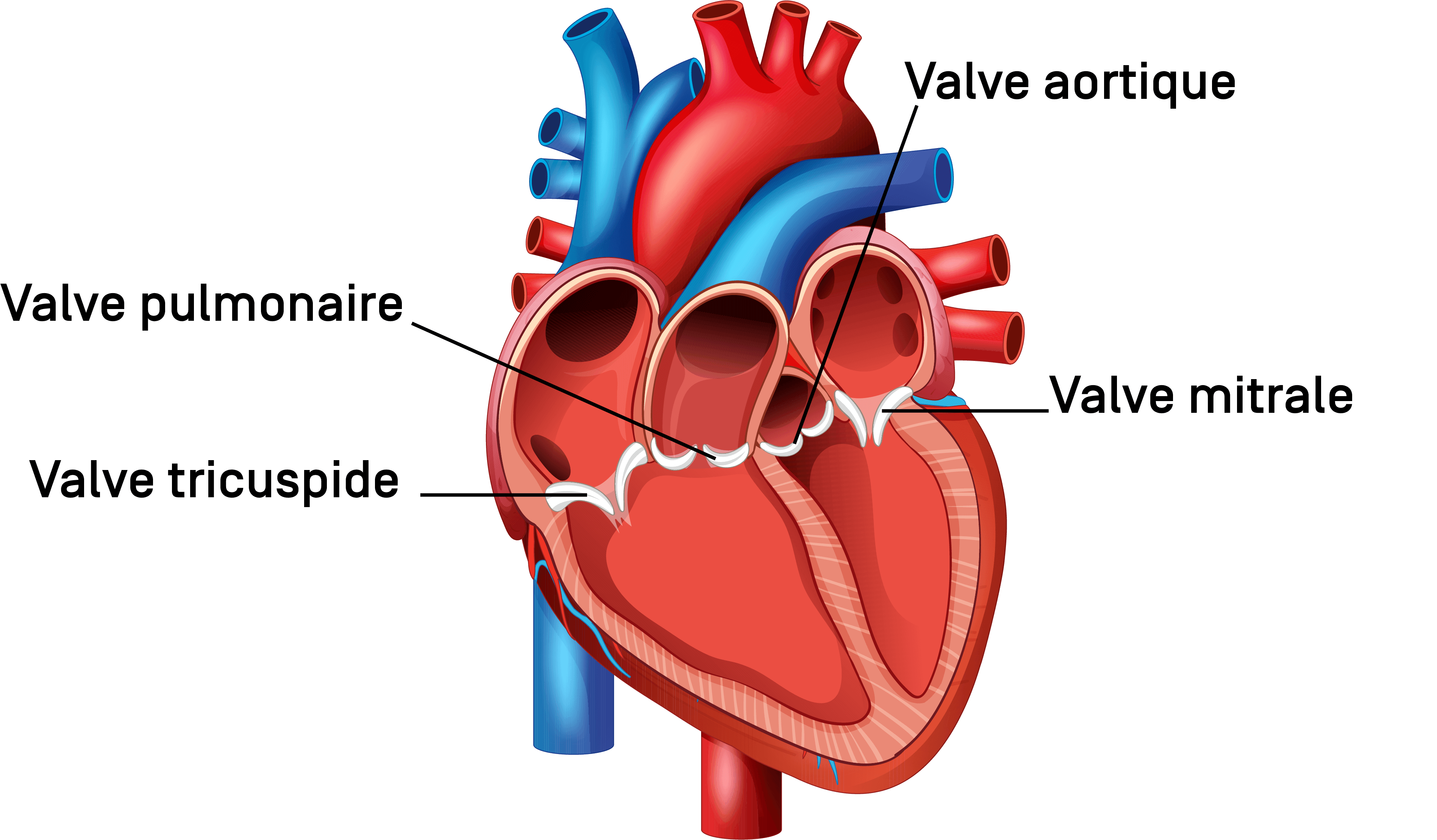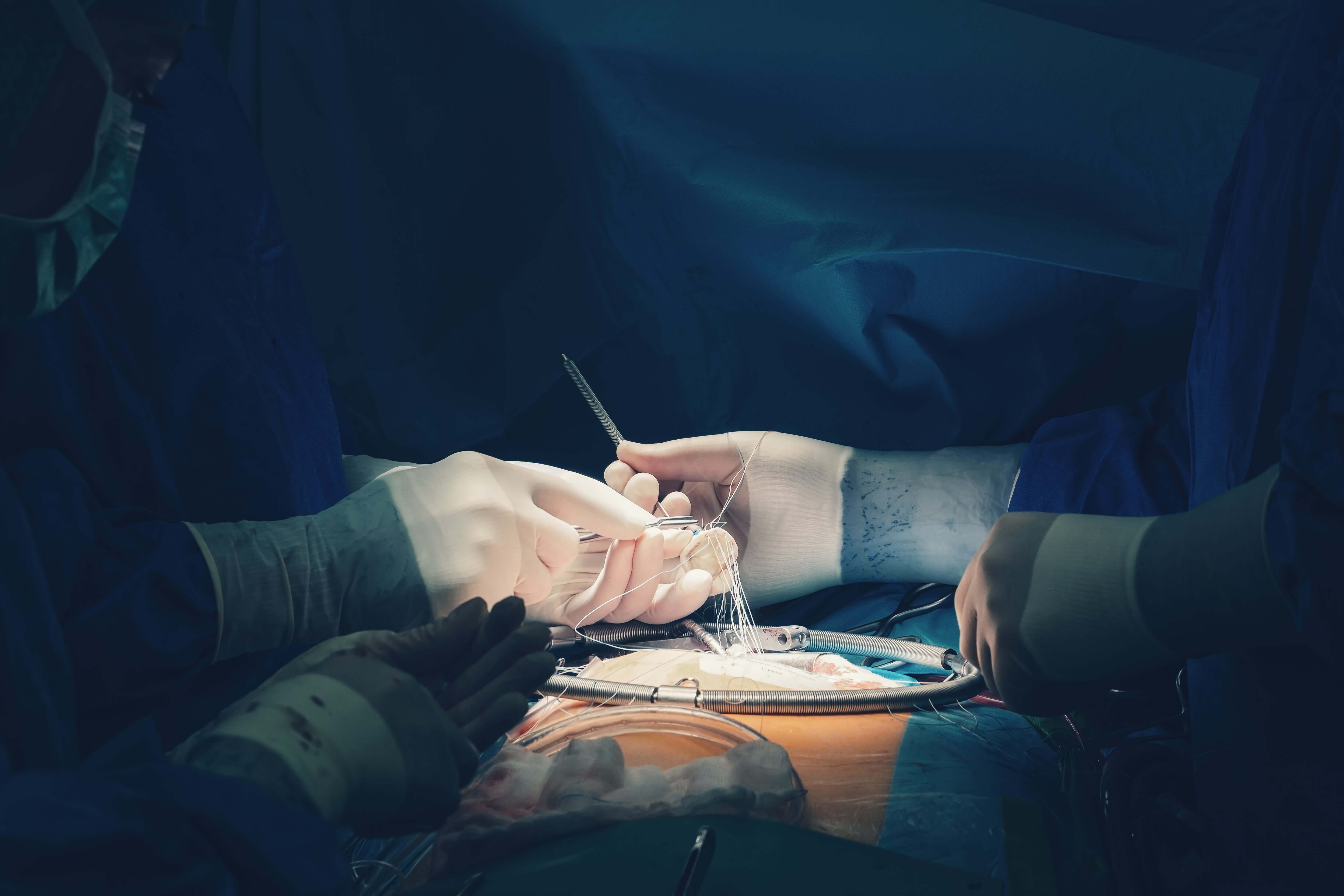How long does a replaced aortic valve last?
The operating life of a mechanical valve often exceeds 25 years, and can be for life. Biological valves, on the other hand, have a lifespan of 10 to 20 years.
Can I benefit from minimally invasive aortic valve surgery?
Yes, if you have only isolated aortic stenosis or insufficiency, with no other associated cardiac disease. However, a personalized assessment is required to confirm feasibility.
What are the risks of aortic valve surgery?
The main risks are infection, heart rhythm disorders, bleeding or stroke, with a low operative mortality rate in specialized centers (around 1-2%).
How long does it take to recover from aortic valve surgery?
Full recovery usually takes between 1 and 3 months. Patients often benefit from a cardiac rehabilitation program to optimize their recovery.


